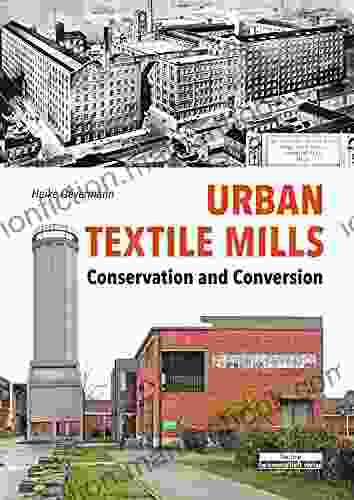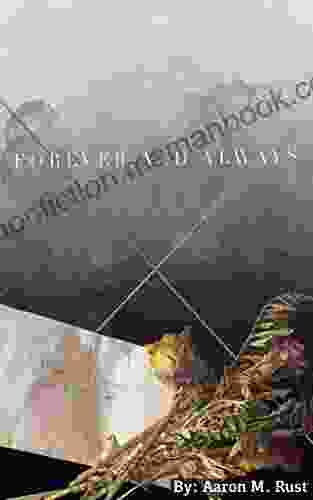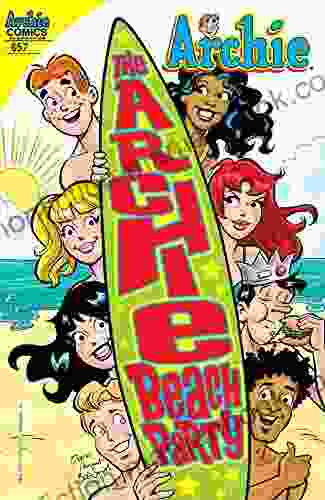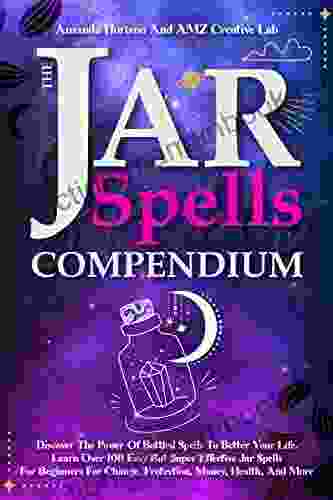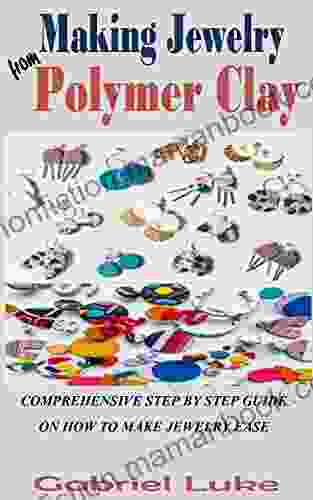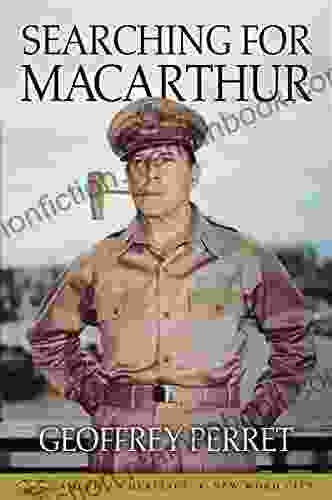Urban Textile Mills Conservation and Conversion: Revitalizing Historic Industrial Sites for Sustainable Urban Development

In the heart of many cities worldwide, historic urban textile mills stand as remnants of a bygone industrial era. Once the engines of economic growth, these sprawling complexes now face an uncertain future as industry has moved away to other regions. However, in recent years, there has been a growing movement to conserve and convert these abandoned mills into vibrant urban spaces that contribute to sustainable economic, social, and environmental development.
The Importance of Urban Textile Mills Conservation
Urban textile mills hold significant historical, architectural, and cultural value. They are often the landmarks that define a city's industrial past, showcasing the ingenuity and craftsmanship of previous generations. These mills played a vital role in shaping the urban landscape, creating employment opportunities and fostering community identity. Their preservation not only ensures the continuity of a city's architectural heritage but also provides a tangible connection to its industrial roots.
4.8 out of 5
| Language | : | English |
| File size | : | 86318 KB |
| Screen Reader | : | Supported |
| Print length | : | 349 pages |
Beyond their historical significance, urban textile mills also offer valuable architectural assets. Their sturdy brick and timber structures, high ceilings, and large windows are adaptable to a wide range of contemporary uses, making them ideal candidates for adaptive reuse projects. By retaining and restoring these architectural features, it is possible to create spaces that combine the charm of the past with modern amenities, enhancing the aesthetic appeal and uniqueness of urban environments.
Sustainable Urban Redevelopment through Mill Conversion
The conversion of urban textile mills offers numerous opportunities for sustainable urban redevelopment. By reusing existing structures rather than demolishing them, it is possible to conserve valuable resources and reduce construction waste. Adaptive reuse projects can also enhance energy efficiency by preserving the original building envelope and incorporating passive design strategies, such as natural ventilation and daylighting. This can lead to significant reductions in carbon emissions and operating costs.
Converted mills can become vibrant hubs for mixed-use developments, creating a blend of residential, commercial, and cultural spaces that promotes social interaction and economic diversity. These developments can cater to a range of needs, from affordable housing to creative workspaces and community amenities, fostering a sense of place and community belonging. By attracting residents, businesses, and visitors, mill conversions can revitalize surrounding neighborhoods, creating a ripple effect of economic growth and social rejuvenation.
Best Practices for Adaptive Reuse of Textile Mills
To ensure the successful adaptive reuse of urban textile mills, it is crucial to adopt a holistic approach that integrates conservation principles with sustainable design strategies. The following best practices provide guidance for responsible mill conversion projects:
- Historical Preservation: Conduct thorough historical research and documentation to determine the historical significance of the mill and identify any architectural features that require preservation. Develop a comprehensive preservation plan that outlines the measures necessary to maintain the mill's historical integrity while adapting it to new uses.
- Structural Assessment and Rehabilitation: Carefully assess the structural condition of the mill and implement necessary repairs and upgrades to ensure the stability and safety of the building. Consider using sustainable materials and techniques to minimize environmental impact.
- Energy Efficiency and Sustainability: Integrate energy-efficient systems and sustainable design features into the conversion project. This may include measures such as installing energy-efficient lighting and appliances, utilizing renewable energy sources, and improving insulation to reduce heating and cooling loads.
- Mixed-Use Development: Create a diverse range of uses within the converted mill to maximize its economic potential and foster a vibrant community. Consider incorporating residential units, commercial spaces, arts and culture venues, and public amenities to create a well-rounded development that meets a variety of needs.
- Community Engagement: Engage with the surrounding community throughout the planning and implementation process to gather input and ensure that the mill conversion aligns with neighborhood goals and aspirations. Foster a sense of ownership and pride among community members to promote the long-term success of the project.
Case Studies of Successful Mill Conversions
Numerous successful examples of urban textile mill conversions worldwide demonstrate the transformative power of adaptive reuse. Here are a few notable case studies:
The Tannery in Santa Cruz, California: This former leather factory has been converted into a thriving mixed-use development featuring loft apartments, retail spaces, restaurants, and a microbrewery. The conversion preserved the mill's original brick and timber structure, creating a unique and charming urban environment.
The Baltic Centre for Contemporary Art in Gateshead, UK: This former flour mill has been transformed into a world-class art gallery and cultural center. The adaptive reuse project retained the mill's industrial character while introducing contemporary architectural elements that complement the original structure, creating a dynamic and inspiring space for art exhibitions and events.
The Packard Plant in Detroit, Michigan: The historic Packard automotive factory has been repurposed into a vibrant commercial and residential complex. The adaptive reuse project involved the restoration of the factory's iconic art deco facade and the creation of new office spaces, residential units, shops, and restaurants, breathing new life into a once-derelict industrial site.
The conservation and conversion of urban textile mills presents a unique opportunity to revitalize historic industrial sites, promote sustainable urban development, and create vibrant urban spaces. By embracing best practices for adaptive reuse, it is possible to preserve the historical legacy of these mills while adapting them to the needs of contemporary society. Successful mill conversions can contribute to economic growth, social well-being, and environmental sustainability, ensuring that these architectural landmarks continue to play a vital role in the fabric of urban life for generations to come.
4.8 out of 5
| Language | : | English |
| File size | : | 86318 KB |
| Screen Reader | : | Supported |
| Print length | : | 349 pages |
Do you want to contribute by writing guest posts on this blog?
Please contact us and send us a resume of previous articles that you have written.
 Top Book
Top Book Novel
Novel Fiction
Fiction Nonfiction
Nonfiction Literature
Literature Paperback
Paperback Hardcover
Hardcover E-book
E-book Audiobook
Audiobook Bestseller
Bestseller Classic
Classic Mystery
Mystery Thriller
Thriller Romance
Romance Fantasy
Fantasy Science Fiction
Science Fiction Biography
Biography Memoir
Memoir Autobiography
Autobiography Poetry
Poetry Drama
Drama Historical Fiction
Historical Fiction Self-help
Self-help Young Adult
Young Adult Childrens Books
Childrens Books Graphic Novel
Graphic Novel Anthology
Anthology Series
Series Encyclopedia
Encyclopedia Reference
Reference Guidebook
Guidebook Textbook
Textbook Workbook
Workbook Journal
Journal Diary
Diary Manuscript
Manuscript Folio
Folio Pulp Fiction
Pulp Fiction Short Stories
Short Stories Fairy Tales
Fairy Tales Fables
Fables Mythology
Mythology Philosophy
Philosophy Religion
Religion Spirituality
Spirituality Essays
Essays Critique
Critique Commentary
Commentary Glossary
Glossary Bibliography
Bibliography Index
Index Table of Contents
Table of Contents Preface
Preface Introduction
Introduction Foreword
Foreword Afterword
Afterword Appendices
Appendices Annotations
Annotations Footnotes
Footnotes Epilogue
Epilogue Prologue
Prologue Kimberly Owen
Kimberly Owen Matt Medlock
Matt Medlock Brittany Fichter
Brittany Fichter Robert Scheyer
Robert Scheyer Woosen Ur
Woosen Ur Paula Marantz Cohen
Paula Marantz Cohen Steven Becker
Steven Becker Krystal Kelly
Krystal Kelly Breanna Lynn
Breanna Lynn Peter Midgley
Peter Midgley C B Hanley
C B Hanley Adam Sinicki
Adam Sinicki Sir Edwin Arnold
Sir Edwin Arnold Wilma King
Wilma King Zadie Smith
Zadie Smith Osip Mandelstam
Osip Mandelstam Paul Moxham
Paul Moxham Heike Oevermann
Heike Oevermann Joseph Heywood
Joseph Heywood Megan Easley Walsh
Megan Easley Walsh
Light bulbAdvertise smarter! Our strategic ad space ensures maximum exposure. Reserve your spot today!
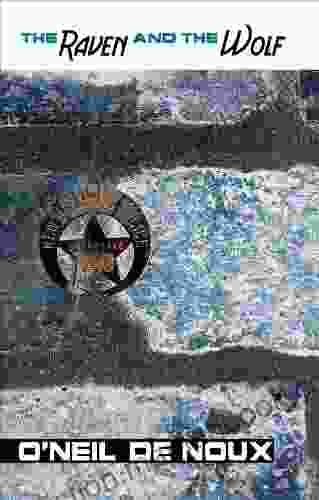
 Howard PowellUnveiling the Enigmatic Tale of "The Raven and the Wolf": A Deep Dive into...
Howard PowellUnveiling the Enigmatic Tale of "The Raven and the Wolf": A Deep Dive into... Dallas TurnerFollow ·16.1k
Dallas TurnerFollow ·16.1k Dean CoxFollow ·8.8k
Dean CoxFollow ·8.8k Brett SimmonsFollow ·13.3k
Brett SimmonsFollow ·13.3k Gus HayesFollow ·17.8k
Gus HayesFollow ·17.8k Clay PowellFollow ·5.3k
Clay PowellFollow ·5.3k Hunter MitchellFollow ·16.9k
Hunter MitchellFollow ·16.9k Ivan CoxFollow ·4.3k
Ivan CoxFollow ·4.3k Christian CarterFollow ·17.6k
Christian CarterFollow ·17.6k
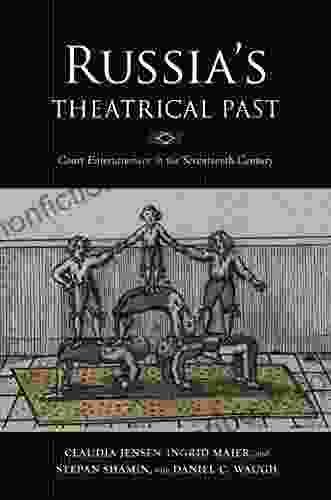
 Steve Carter
Steve CarterUnveiling the Rich Theatrical Tapestry of Russia: A...
Origins and Early...
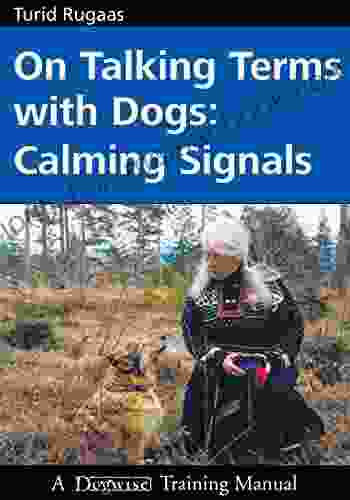
 Frank Butler
Frank ButlerOn Talking Terms With Dogs: Calming Signals and the...
For centuries, dogs have...
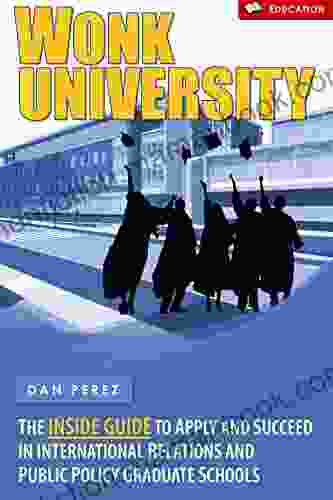
 Leo Tolstoy
Leo TolstoyThe Inside Guide to Applying and Succeeding in...
Applying to...
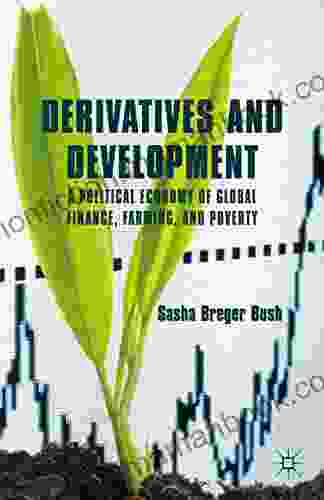
 Cole Powell
Cole PowellThe Political Economy of Global Finance, Farming and...
The global...
4.8 out of 5
| Language | : | English |
| File size | : | 86318 KB |
| Screen Reader | : | Supported |
| Print length | : | 349 pages |


